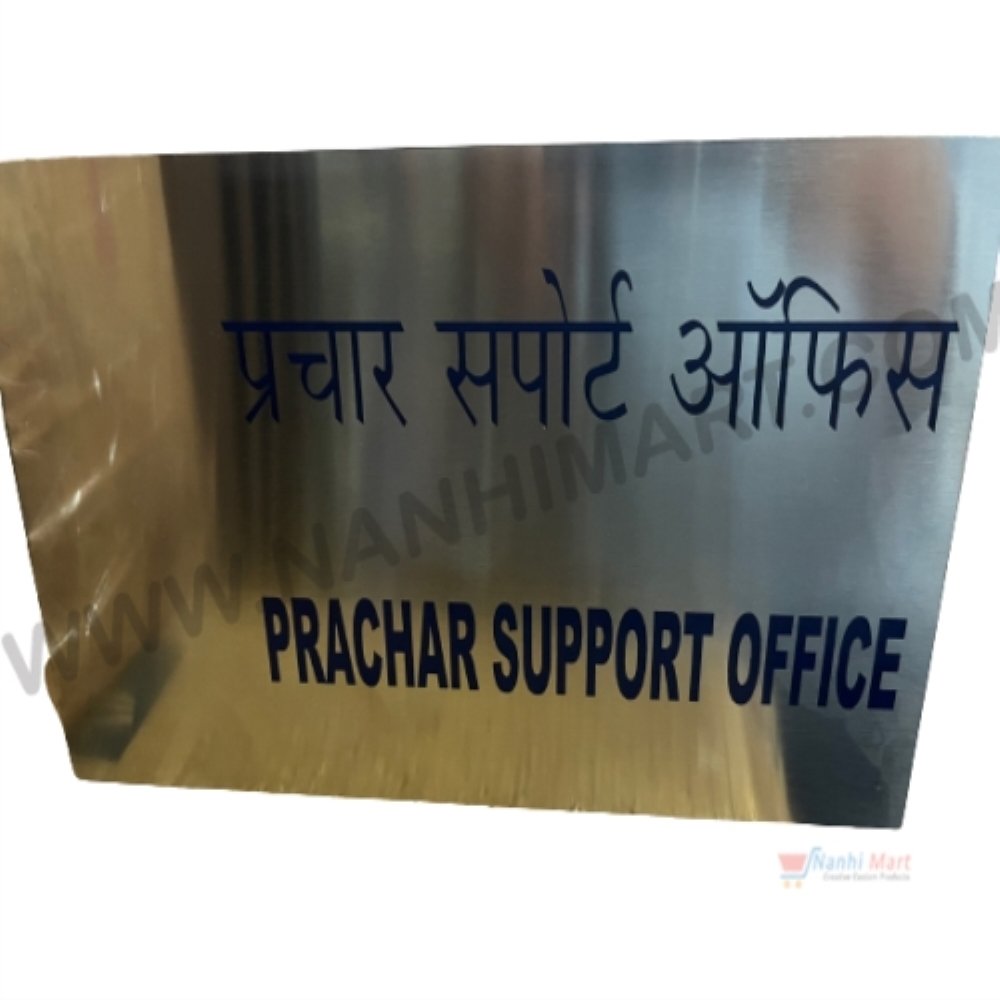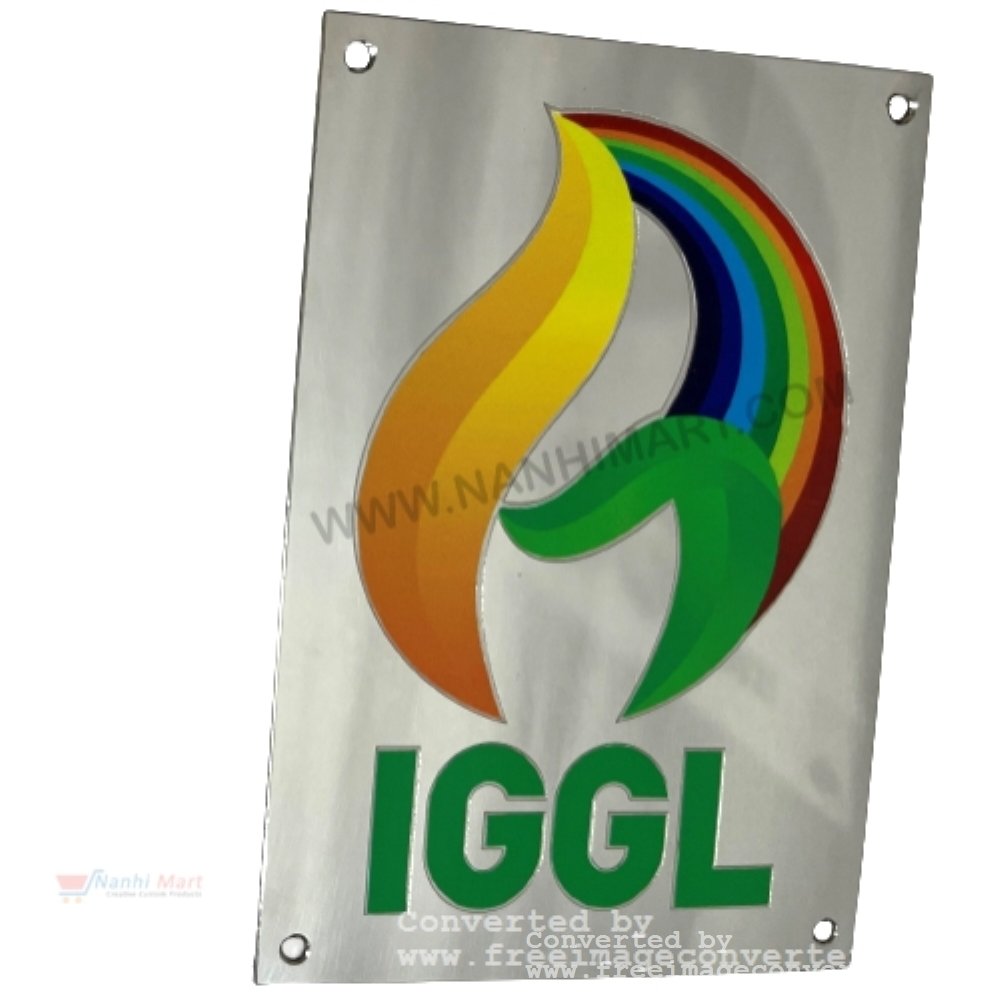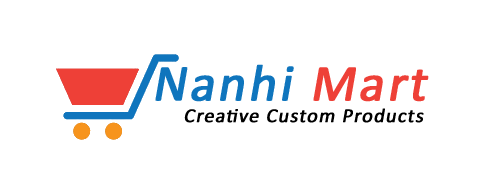The face of your home your name plate tells a lot about you. Now from the comfort of your home, select that perfect name plate for you.
A name plate is a method for displaying the name of a person, logo, product, or mechanism and is made from a variety of materials to serve as a long term identifier. The production, manufacture, and design of nameplates involves a variety of exceptionally durable materials that are used to etch, engrave, or emboss and permanently place data or information.
A nameplate identifies and displays a person or product’s name. Nameplates are usually shaped as rectangles but are also seen in other shapes, sometimes taking on the shape of someone’s written name. Nameplates primarily serve an informative function (as in an office environment, where nameplates mounted on doors or walls identify employees’ spaces) or a commercial role (as in a retail environment, where nameplates are mounted on products to identify the brand).
Customised Nameplates
These name plates demonstrate professionalism and sophistication thanks to their customised and sleek finish. Perfect for displaying your name and/or position, these personalised name plates can be designed using a number of fonts, sizes and colours. The exquisite desk and door plates include a free holder making them excellent for office or personal use.



